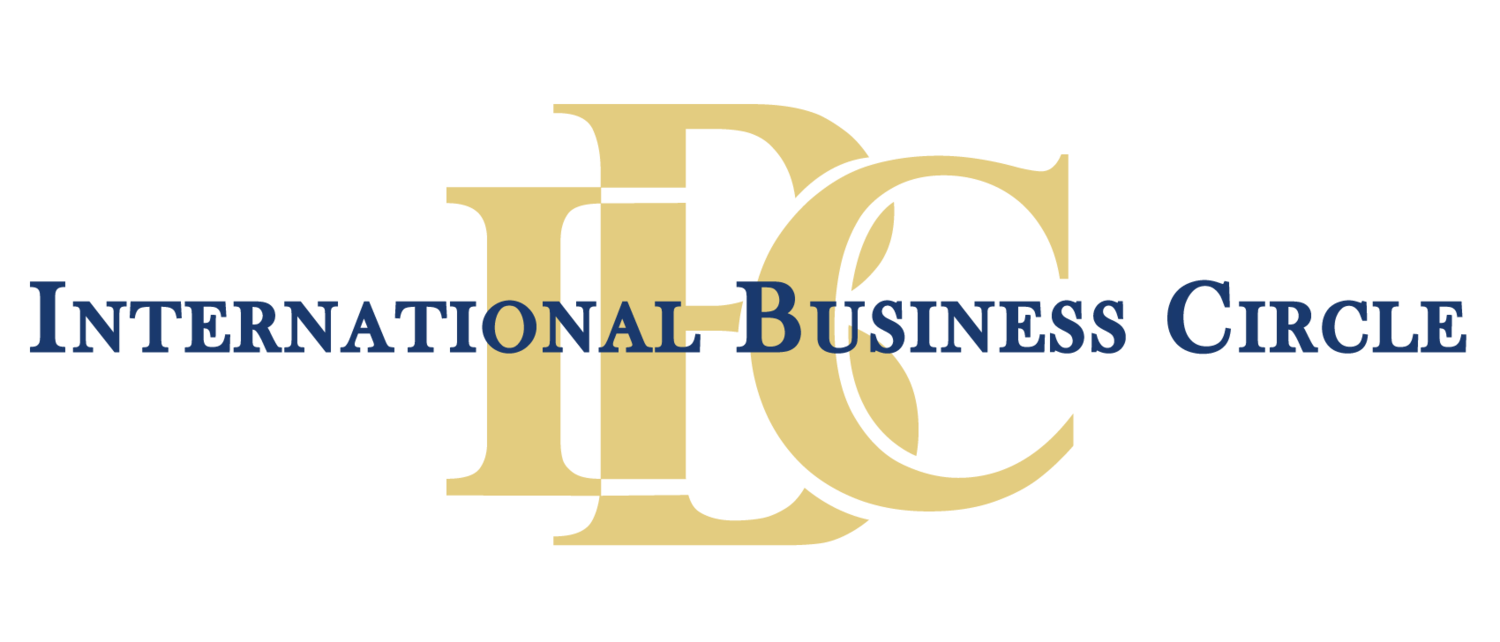Turning Human Resources into a Profit Center: Why Global Business Leaders in Colorado Should Act Now
For most companies, human resources represents the single largest controllable cost—and yet, it’s often treated as an afterthought. In fact, up to 70% of business costs are tied directly to employees, but the financial contribution of HR has historically been overlooked. Why? Because finance, technology, and HR rarely speak the same language. The result: companies guess at the cost and benefits of HR decisions instead of measuring them.
The consequences are real:
Missed opportunities for margin expansion through better workforce planning.
An overreliance on costly layoffs instead of productivity optimization.
Turnover costs are hidden from financial models.
Leadership gaps that emerge after acquisitions.
Talent blind spots that stunt scale and innovation.
In a business hub like Colorado—where global companies in aerospace, energy, tech, finance, and health care compete on razor-thin margins—guesswork isn’t good enough if you want to outperform the competition.
In 2019, the International Standards Organization (ISO) introduced ISO 30414, the first global standard for internal and external human capital reporting. These standards provide clear, globally recognized guidelines for measuring how HR impacts financial performance. ISO 30414 includes 58 metrics across 11 categories, but only a handful are transformative—directly moving the needle on earnings before interest, tax, depreciation and amortization (EBITDA):
Turnover Cost per Employee
Time to Full Productivity
Leadership & Trust Index
ROI on Learning & Development
Internal Mobility Rate
Workforce Cost as % of Operating Expenses
When measured, managed, and aligned with financial outcomes, these metrics turn HR from a cost center into a profit engine.
Case in Point: The $40,000 That Put $871,875 on the Bottom Line
Consider a technology company with $8M EBITDA, 250 employees, and a 16% turnover rate, with an average salary of $77,500. Employee replacement costs were roughly 75% of average salary—about $58,125.
After reviewing the infrastructure and HR programs the recruitment process was identified as a key issue. By investing $40,000 to improve recruitment processes, one year turnover dropped from 16% to 10%. The result:
Annual savings from avoiding 15 replacements: $871,875
EBITDA growth: $8M → $8.871,875
That’s a 2,079% ROI on the $40,000 HR investment.
This is the kind of data-driven HR decision-making that resonates with investors, boards, and private equity partners.
What Global Business Leaders Should Do Now
If you’re a CEO, CFO, or HR executive in Colorado competing in global markets, the path forward is clear:
Review ISO 30414 metrics and identify those most relevant to your business model.
Benchmark against industry best practices—both U.S. and international.
Invest strategically in improving high-impact metrics.
Track financial outcomes—and present HR initiatives as EBITDA levers, not expenses.
Leverage analytics software to capture HR-related costs and accelerate decision-making.
If you are still uncertain, give us a call and we’ll show you exactly what this means to your business.
Why It Matters in Colorado’s Global Business Landscape
Colorado is no longer a regional economy—it’s a global launchpad. With Denver and Boulder ranking among the fastest-growing hubs for technology, aerospace, renewable energy, and life sciences, the competition for talent and efficiency is worldwide. Companies that can quantify and optimize HR’s financial performance will scale faster, attract global capital, and outpace competitors from Silicon Valley to Singapore.
The Bottom Line
Treating HR as a “soft” function is no longer an option. ISO 30414 provides the blueprint to unlock hidden value in your workforce, strengthen EBITDA, and give Colorado businesses a competitive edge on the world stage.
The question is not whether you can afford to measure HR’s financial impact—it’s whether you can afford not to.
Dr. Janet L. Walsh, the author of this article, can be reached at: Dr. Janet L. Walsh | LinkedIn

